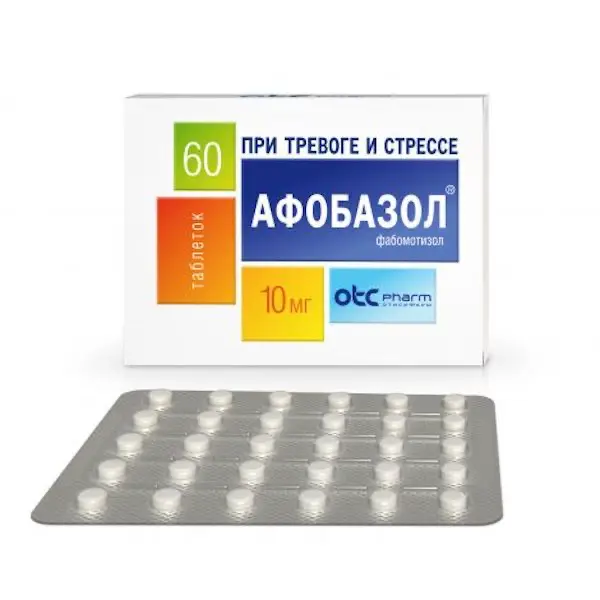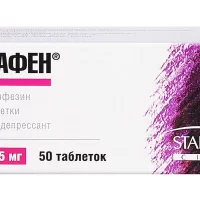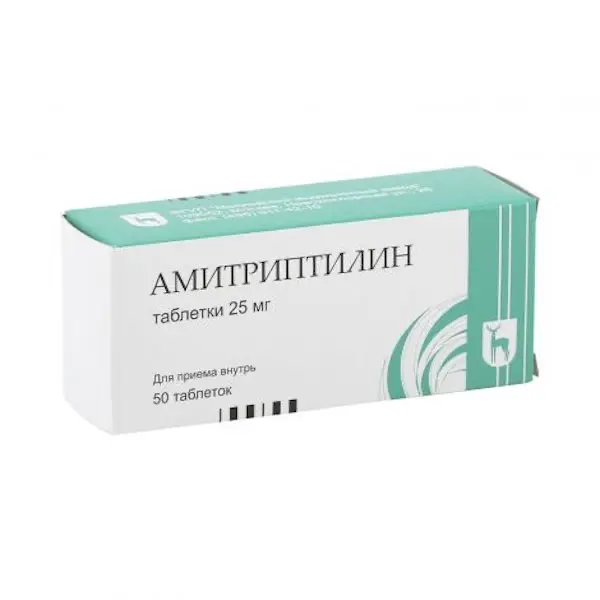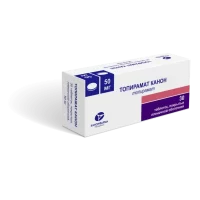Description
Hydroxyzine Pharmacodynamics
Hydroxyzine is a diphenylmethane derivative not chemically related to phenothiazines, reserpine, meprobamate or benzodiazepines.
It does not inhibit the cerebral cortex, but its effects may be associated with inhibition of the activity of certain key areas of the subcortical region of the central nervous system (CNS).
It also has H1-histamine-blocking, bronchodilator and antiemetic effects. In therapeutic doses it does not increase gastric secretion or acidity and has moderate inhibition of gastric secretion.
Hydroxyzine is effective in reducing itching in patients with urticaria, eczema and dermatitis. In patients with hepatic insufficiency, the H1-histamine-blocking effect may be prolonged up to 96 h after a single dose.
It has moderate anxiolytic activity and sedative effect.
Polysomnography in patients with insomnia and anxiety demonstrates prolongation of sleep duration and decreased frequency of nocturnal awakenings after single or repeated doses of hydroxyzine 50 mg. A decrease in muscle tension in patients with anxiety has been noted when taking Hydroxyzine in a dose of 50 mg 3 times a day. There is no psychiatric dependence or addiction. No memory impairment has been noted with hydroxyzine. With long-term use, no withdrawal syndrome or cognitive impairment has been noted.
H1-histamine-blocking effect occurs approximately 1 hour after oral administration of hydroxyzine. Sedative effect appears after 30-45 minutes.
It has antispasmodic and sympatholytic effects, shows weak affinity to muscarinic receptors. It has a moderate analgesic effect.
Indications
Symptomatic treatment of anxiety in adults.
As a sedative during premedication, before surgical operations.
Symptomatic treatment of itching of allergic origin.
Contraindications
Hypersensitivity to any of the ingredients of the drug, cetirizine and other piperazine derivatives, aminophylline or ethylenediamine;
─ porphyria;
hereditary galactose intolerance, lactase deficiency or glucose-galactose malabsorption syndrome (since the tablets contain lactose monohydrate);
─ congenital or acquired prolongation of the QT interval, including a history;
─ risk factors for QT interval prolongation, including the presence of cardiovascular disease; significant electrolyte imbalance (hypokalemia, hypomagnesemia); cases of sudden cardiac death in the family history; marked bradycardia; concomitant use of drugs with such effects as QT interval prolongation and/or causing development of ventricular pirouette tachycardia;
─ pregnancy and breastfeeding;
─ children under 3 years of age.
Caution
In myasthenia gravis; decreased gastrointestinal motility; prostatic hyperplasia with clinical manifestations, difficulty in urination, constipation; in glaucoma; dementia; susceptibility to seizures; in patients with predisposition to arrhythmia, including electrolyte imbalance (hypokalemia, hypomagnesemia); in patients with a history of heart disease or when using drugs that may cause arrhythmia; in elderly patients; in renal and/or hepatic dysfunction.
Administration during pregnancy and lactation
Pregnancy
Animal studies have shown no toxic effects on reproductive function.
Hydroxyzine penetrates the placental barrier, resulting in higher concentrations in the fetus than in the mother. No relevant epidemiologic data are currently available regarding the effects of hydroxyzine in pregnancy.
The use of hydroxyzine is contraindicated during pregnancy.
Childbirth period
Neonates whose mothers received hydroxyzine during pregnancy and/or delivery have experienced the following effects immediately or several hours after birth: hypotension, motor dysfunction, including extrapyramidal dysfunction, convulsive movements, CNS depression, neonatal hypoxia, or urinary retention.
Breastfeeding period.
Cetirizine, the main metabolite of hydroxyzine, penetrates human milk. Although no formal studies have been conducted on the penetration of hydroxyzine into maternal milk, there is evidence of severe adverse events in newborns or breastfed infants during maternal use of hydroxyzine.
Therefore, hydroxyzine is contraindicated during breastfeeding. Breastfeeding should be discontinued when hydroxyzine is used.
How to use and dosages.
- Orally. The drug should be used in the lowest possible effective dose and for the shortest possible time.
- Adults .
- For symptomatic treatment of anxiety: 50 to 100 mg per day (2 to 4 tablets) in the evening before bedtime if the anxiety is manifested mainly by insomnia.
- For symptomatic treatment of pruritus of allergic origin: 25 to 100 mg (1 to 4 tablets) daily.
- For premedication in surgical practice: once in 25 to 100 mg (1 to 4 tablets) at night, before surgical intervention.
- The maximum daily dose of the drug is 100 mg.
- Children
For symptomatic treatment of pruritus of allergic origin:
Over 12 years of age (with body weight over 40 kg): 25 to 100 mg (1 to 4 tablets) per day. - At the age of 9 to 12 years (with body weight from 28 to 40 kg): from 25 to 75 mg (1 to 3 tablets) per day.
Ages 7 to 9 years of age (body weight 23 to 28 kgs): 25 to 50 mg (1 to 2 tablets) per day. - In case of age 4 to 7 years (body weight from 17 to 23 kgs): from 25 to 37,5* mg (1 to 1,5* tablets) per day.
In children 3 to 4 years of age (with body weight from 12.5 to 17 kgs): from 12.5* to 25 mg (½* to 1 tablet) per day. - The dose is determined by body weight at the rate of 1 mg/kg/day to a maximum of 2 mg/kg/day, in divided doses.
- For children with body weight up to 40 kg the maximum daily dose is 2 mg/kg/day.
- For children with body weight over 40 kg, the maximum daily dose is 100 mg/kg/day.
- For premedication: 1 mg/kg* at night, before anesthesia.
*If it is necessary to use the drug in the indicated dose in connection with absence of risk on the tablet and impossibility of providing the indicated dosage regimen, hydroxyzine preparation from another manufacturer should be used. - The physician determines the duration of treatment taking into account the symptoms and prescribes the lowest possible maintenance dose of the drug.
- Since reactions to hydroxyzine are extremely variable, it is recommended to start treatment with a low dose of the drug and gradually increase it to the optimal dose, adjusting it according to the patient’s response to therapy.
- Special patient groups
Use in elderly patients
In elderly patients, the maximum daily dose is 50 mg. - Patients with impaired renal function
If there is a need to achieve a temporary effect, the dose may be reduced by half. This also applies to patients with renal insufficiency. - Patients with impaired liver function
When treating patients with hepatic impairment, it is recommended to reduce the daily dose of the drug by 33%.





